Muhayyuddin
Randomized Physics-based Motion Planning for Grasping in Cluttered and Uncertain Environments
Nov 27, 2017
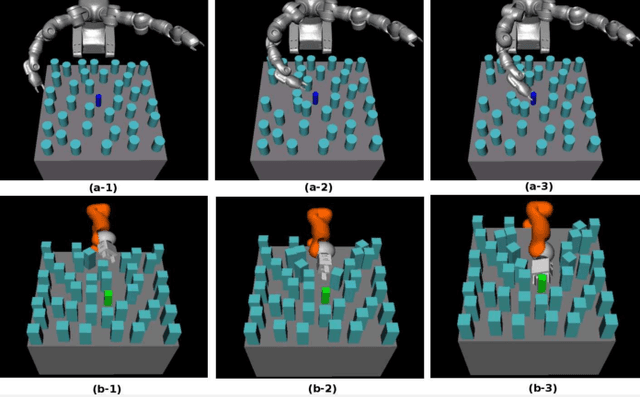
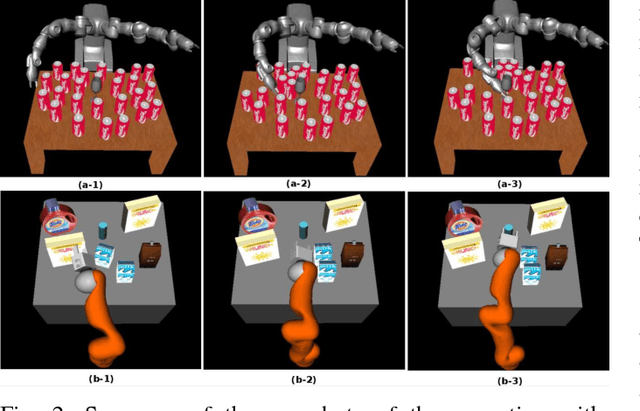

Abstract:Planning motions to grasp an object in cluttered and uncertain environments is a challenging task, particularly when a collision-free trajectory does not exist and objects obstructing the way are required to be carefully grasped and moved out. This paper takes a different approach and proposes to address this problem by using a randomized physics-based motion planner that permits robot-object and object-object interactions. The main idea is to avoid an explicit high-level reasoning of the task by providing the motion planner with a physics engine to evaluate possible complex multi-body dynamical interactions. The approach is able to solve the problem in complex scenarios, also considering uncertainty in the objects pose and in the contact dynamics. The work enhances the state validity checker, the control sampler and the tree exploration strategy of a kinodynamic motion planner called KPIECE. The enhanced algorithm, called p-KPIECE, has been validated in simulation and with real experiments. The results have been compared with an ontological physics-based motion planner and with task and motion planning approaches, resulting in a significant improvement in terms of planning time, success rate and quality of the solution path.
Physics-based Motion Planning with Temporal Logic Specifications
Oct 01, 2017


Abstract:One of the main foci of robotics is nowadays centered in providing a great degree of autonomy to robots. A fundamental step in this direction is to give them the ability to plan in discrete and continuous spaces to find the required motions to complete a complex task. In this line, some recent approaches describe tasks with Linear Temporal Logic (LTL) and reason on discrete actions to guide sampling-based motion planning, with the aim of finding dynamically-feasible motions that satisfy the temporal-logic task specifications. The present paper proposes an LTL planning approach enhanced with the use of ontologies to describe and reason about the task, on the one hand, and that includes physics-based motion planning to allow the purposeful manipulation of objects, on the other hand. The proposal has been implemented and is illustrated with didactic examples with a mobile robot in simple scenarios where some of the goals are occupied with objects that must be removed in order to fulfill the task.
$κ$-PMP: Enhancing Physics-based Motion Planners with Knowledge-based Reasoning
Sep 30, 2017



Abstract:Physics-based motion planning is a challenging task, since it requires the computation of the robot motions while allowing possible interactions with (some of) the obstacles in the environment. Kinodynamic motion planners equipped with a dynamic engine acting as state propagator are usually used for that purpose. The difficulties arise in the setting of the adequate forces for the interactions and because these interactions may change the pose of the manipulatable obstacles, thus either facilitating or preventing the finding of a solution path. The use of knowledge can alleviate the stated difficulties. This paper proposes the use of an enhanced state propagator composed of a dynamic engine and a low-level geometric reasoning process that is used to determine how to interact with the objects, i.e. from where and with which forces. The proposal, called \k{appa}-PMP can be used with any kinodynamic planner, thus giving rise to e.g. \k{appa}-RRT. The approach also includes a preprocessing step that infers from a semantic abstract knowledge described in terms of an ontology the manipulation knowledge required by the reasoning process. The proposed approach has been validated with several examples involving an holonomic mobile robot, a robot with differential constraints and a serial manipulator, and benchmarked using several state-of-the art kinodynamic planners. The results showed a significant difference in the power consumption with respect to simple physics-based planning, an improvement in the success rate and in the quality of the solution paths.
Physics-based Motion Planning: Evaluation Criteria and Benchmarking
Sep 30, 2017
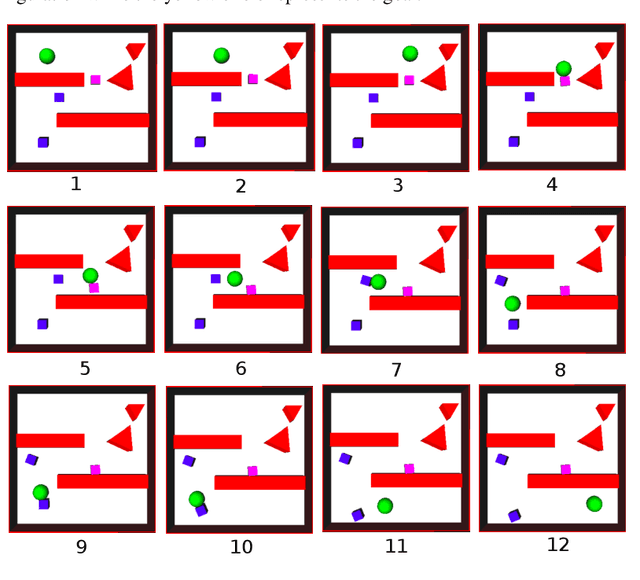
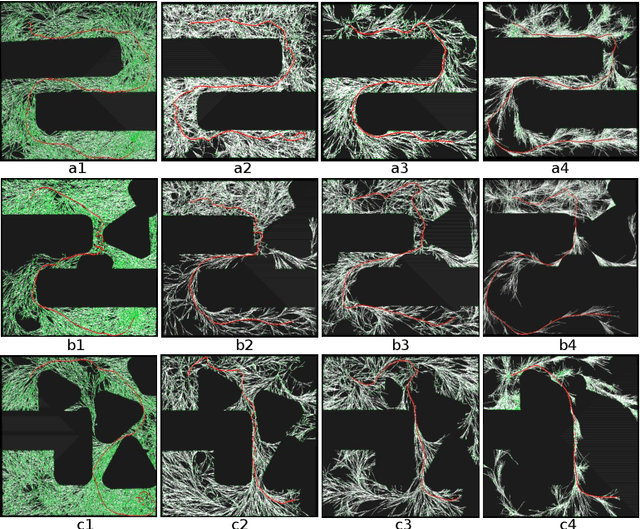
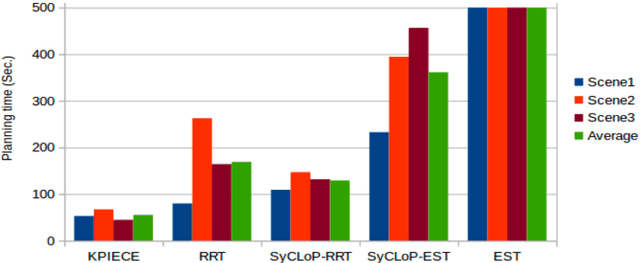
Abstract:Motion planning has evolved from coping with simply geometric problems to physics-based ones that incorporate the kinodynamic and the physical constraints imposed by the robot and the physical world. Therefore, the criteria for evaluating physics-based motion planners goes beyond the computational complexity (e.g. in terms of planning time) usually used as a measure for evaluating geometrical planners, in order to consider also the quality of the solution in terms of dynamical parameters. This study proposes an evaluation criteria and analyzes the performance of several kinodynamic planners, which are at the core of physics-based motion planning, using different scenarios with fixed and manipulatable objects. RRT, EST, KPIECE and SyCLoP are used for the benchmarking. The results show that KPIECE computes the time-optimal solution with heighest success rate, whereas, SyCLoP compute the most power-optimal solution among the planners used.
 Add to Chrome
Add to Chrome Add to Firefox
Add to Firefox Add to Edge
Add to Edge